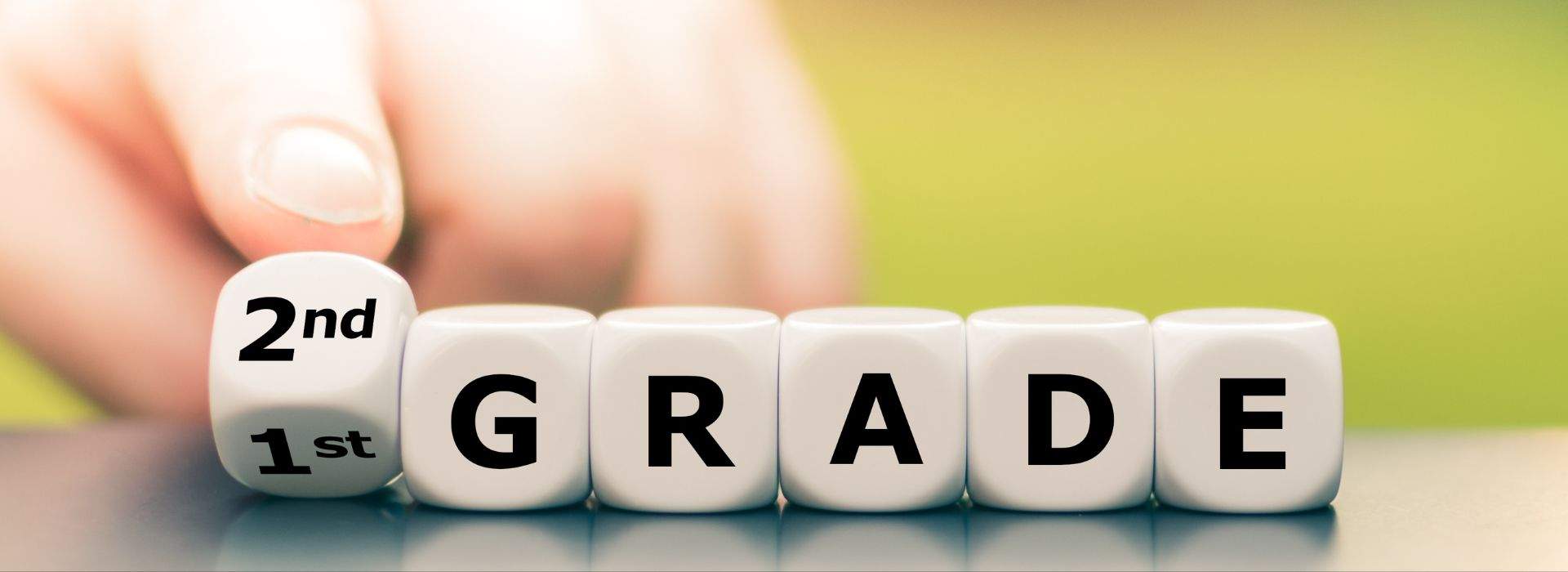The second grade is a pivotal time in a child’s educational journey, especially in mathematics. During this year, young learners build upon the foundational skills acquired in earlier grades, delving deeper into the world of math. This article will explore the ten essential math skills that 2nd graders develop, providing parents and educators with a comprehensive understanding of their child’s mathematical progress.
1. Addition and Subtraction Mastery
In the second grade, students dive headfirst into mastering addition and subtraction. They not only become proficient at solving single-digit problems but also tackle two-digit addition and subtraction challenges. This skill serves as a crucial stepping stone for more complex mathematical concepts.
For example, a 2nd grader might work on solving problems like 34 + 57 and 82 – 19. These exercises are essential for building numerical fluency and problem-solving abilities.
2. Place Value Understanding
Understanding place value is a fundamental concept that lays the groundwork for more advanced mathematics. In 2nd grade, students learn to identify the value of digits in two and three-digit numbers. For instance, they comprehend that in the number 356, the ‘3’ represents hundreds, the ‘5’ represents tens, and the ‘6’ represents ones.
This knowledge is essential for solving larger math problems. For example, when adding 345 and 278, children recognize that they need to carry over the tens place, a crucial skill for mastering addition and subtraction.
3. Time and Money
2nd graders begin to explore the practical applications of math through time and money. They learn to read both analog and digital clocks, tell time to the nearest five minutes, and work with various coin denominations. These skills help children make real-world connections to mathematics, such as understanding that a quarter is worth 25 cents.
For instance, students may practice by reading a clock and figuring out when to meet a friend for a playdate or counting coins to buy a toy at a store.
4. Measurement Skills
Measurement becomes a prominent theme in 2nd-grade math. Students not only learn how to measure but also understand the importance of using appropriate units. They measure length, weight, and volume, using both standard units like inches and non-standard units like paperclips.
For example, children may measure the length of a table using inches and then estimate its length using paperclips, helping them appreciate the flexibility of different measurement systems.
5. Multiplication Introduction
While multiplication isn’t fully mastered in 2nd grade, students are introduced to this foundational operation. They learn multiplication concepts through arrays, repeated addition, and skip counting. These early introductions set the stage for more advanced multiplication skills in the future.
For example, students may work with arrays to solve multiplication problems, such as 3 rows of 4 apples, helping them understand the concept of 3 x 4 = 12.
6. Geometry Basics
Geometry makes its way into 2nd-grade math as well. Children begin to identify and classify 2D and 3D shapes, exploring concepts like symmetry and congruence.
For example, students may classify shapes by identifying which ones have lines of symmetry or draw and color symmetric shapes.
7. Data Analysis
2nd graders learn the basics of data analysis. They discover how to create and interpret simple graphs and charts, which is essential for making sense of information presented visually.
For example, students may create a bar graph to represent their favorite colors, helping them visualize and compare the data effectively.
8. Fractions Awareness
An introduction to fractions occurs in 2nd grade. Students start grasping the concept of equal parts and simple fractions like halves and quarters.
For instance, children may learn that a pizza sliced into 8 equal parts means each slice represents 1/8 of the pizza.
9. Problem Solving
Problem-solving skills are honed in 2nd grade as students tackle a variety of math problems. These problems encourage critical thinking and logical reasoning, helping children develop a problem-solving mindset.
For example, students may solve word problems that involve real-life scenarios, such as dividing a set of candies among friends, nurturing their critical thinking abilities.
10. Mathematical Communication
In addition to solving problems, 2nd graders learn to express their mathematical thinking clearly, both in writing and verbally. Effective communication is a crucial aspect of math education, allowing students to articulate their thought processes and understand others’ approaches.
For example, students might explain how they arrived at a particular answer or describe a math concept they’ve learned, strengthening their mathematical communication skills.
Conclusion:
The second grade is a pivotal year for building a robust mathematical foundation. As children develop these essential math skills, they not only gain confidence in their mathematical abilities but also set the stage for more advanced mathematical concepts in the future. Encouraging and supporting them in this exciting journey is vital for their educational success.




